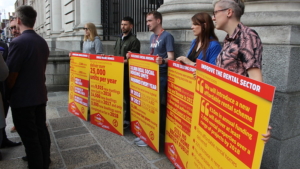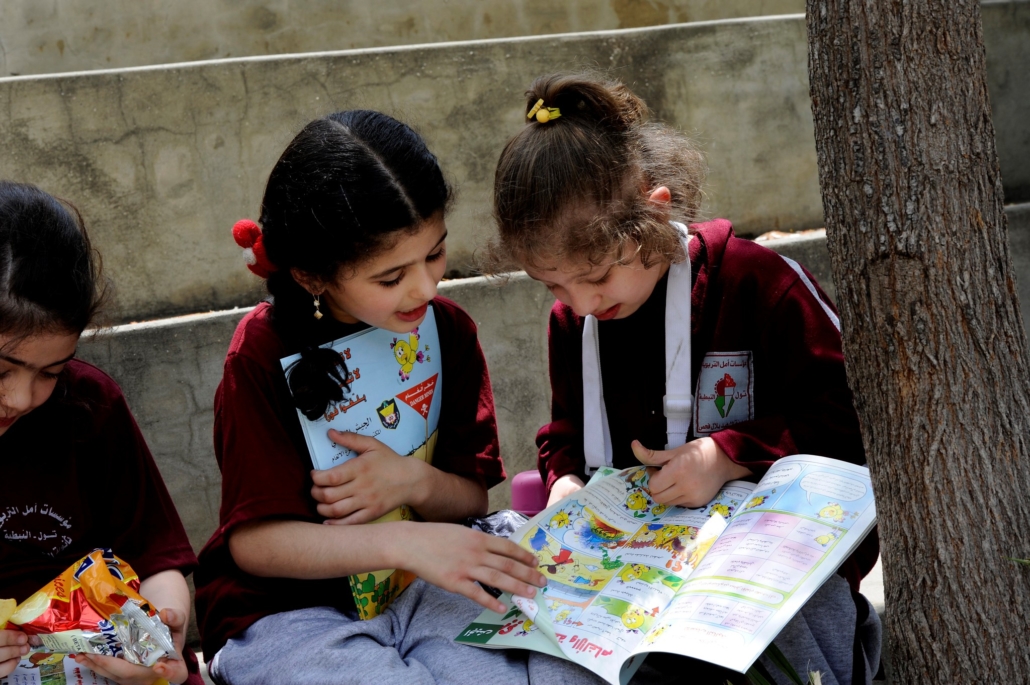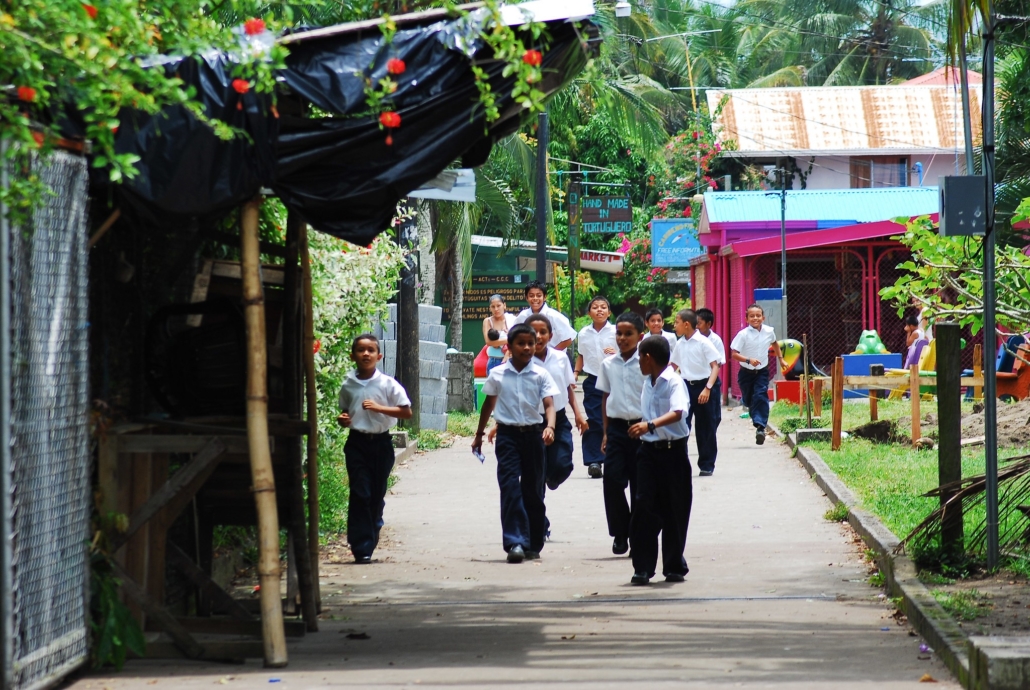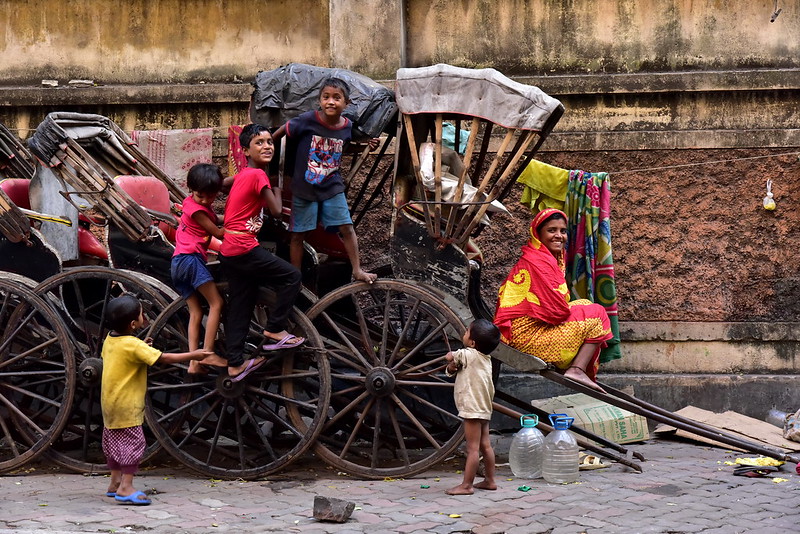
In developing nations, as well as nations recovering from a crisis such as the COVID-19 pandemic, fiscal policy is an instrumental tool in revitalizing the economy and alleviating poverty levels. The policies are more than simply “good” or “bad” economics as they are key indicators of a nation’s true political priorities.
In low and middle-income nations, foreign aid and debt relief are invaluable in uplifting their economies. On the other hand, the contributions cannot be fully effective without an effective fiscal system. According to the United Nations, a good fiscal policy centered around poverty reduction, reconstruction and growth will focus on raising the growth rate and fostering lasting economic stability.
Rising Growth Rate
The International Monetary Fund (IMF) emphasizes that “economic growth is the single most important factor influencing poverty, citing a recent study of 80 countries that revealed that the income of the bottom one-fifth of the population increased in exact proportion with the overall growth of the economy as measured by per capita GDP. In countries recovering from crises, a rising growth rate is one of the most effective ways for an economy to bounce back.
Key Fiscal Policies that Can Promote Economic Growth
- Shifting Government Spending Away from Subsidies: The World Bank categorizes subsidies as a short-term solution and has indicated that they are typically politically popular because the benefits distribute widely. On the other hand, the World Bank reported that “about half of spending on energy subsidies go to the richest 20%,” as they tend to consume more energy and receive more benefits, leaving the lower-income households with little to show.
- Investment in Cash Transfers as an Alternative to Subsidies: There is increasing data showing that direct cash transfers are a better solution to important long-run investments within households, such as education. These transfers are more beneficial to the bottom 40% and can stimulate economic activity within communities, and indirectly increase government revenue in both the short and long-term through higher tax revenue.
- Implementing a Progressive Tax Structure: A progressive tax structure enables governments to increase welfare benefits, such as unemployment, food stamps and housing benefits to the poor. Tax revenue sources do not change rapidly and improved progressivity in personal income tax, corporate, property, health and carbon taxes offer feasible ways to raise revenue without worsening conditions for the poor. Furthermore, nations may consider indirect taxation, as some of the above methods may not be as effective due to the informality of work in certain economies. Progressive tax structures are most effective in upper-middle-income countries.
- Having a National Minimum Wage: National Minimum Wages directly benefit the lowest-paid workers in an economy and reduce wage inequality. A universal basic income (UBI), wherein all citizens receive a weekly benefit to ensure a minimum income guarantee may also be effective.
Economic Stability
Prioritizing spending with long-term impacts is vital in creating a self-sustaining economy that alleviates poverty. Good policies will vary in different country contexts while acting with the future in mind even in crises, despite the fact that the benefits will come to fruition later. Below are some fiscal concepts to stabilize a nation after a crisis and to better prepare for any future challenges.
- Debt management is essential to maintain the “fiscal space” for crisis recovery and stabilization. Regulatory reform for financial markets, debt transparency and the implementation of a common blueprint for debt relief and restructuring are useful tools for properly managing national debt.
- There are many elements that can equip countries with a strategic plan for an unknown future crisis. First, expanding the reach of automatic stabilizers, such as employment guarantee schemes in nations with a large informal sector, in case of crisis. Setting up adaptive cash transfer programs that can be scaled up when necessary is also a good preparatory measure.
- Research and improved data, particularly on the costs and ramifications of certain policy implementations, are essential to maximizing the effectiveness of these policies. Long-term evaluations and research can provide decent indications of long-term outcomes, which is important in deciding which policies are best for unique country circumstances.
- In developing economies, a focus on education and diversification of the economy from agriculture to manufacturing fosters a more independent and stable economy. Increased government spending on education cultivates a higher-skilled workforce, and a push towards manufacturing pushes economic development, though proper skills and infrastructure are necessary to accomplish this.
Looking Ahead
Fiscal policy shaped around economic growth and the reduction of inequality has the potential to make great strides toward minimizing poverty. There are limits to the types and degrees of these policies in each country. Therefore, other national policy reforms implemented in tandem with economic policies lead to the best outcome in stimulating growth. Regardless of fiscal policy, foreign aid and international cooperation are invaluable in reducing poverty levels in low-income nations and around the globe.
– Carly Ryan Brister
Photo: Flickr



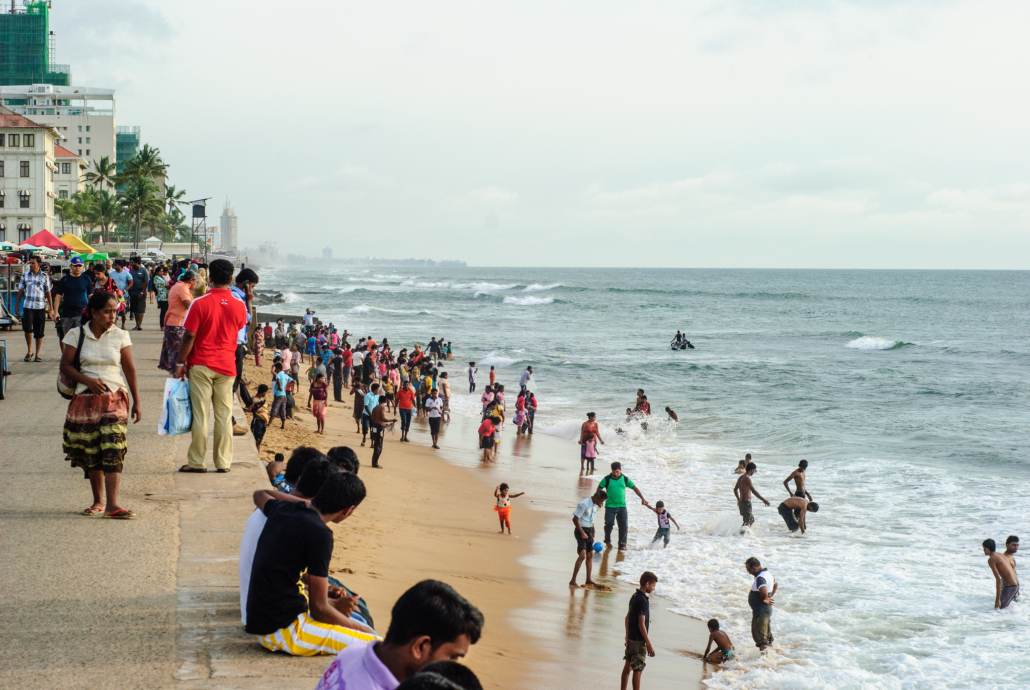
 After nearly two decades, the Afghanistan War ended in August 2021, when United States forces evacuated the country. For the nearly
After nearly two decades, the Afghanistan War ended in August 2021, when United States forces evacuated the country. For the nearly 
